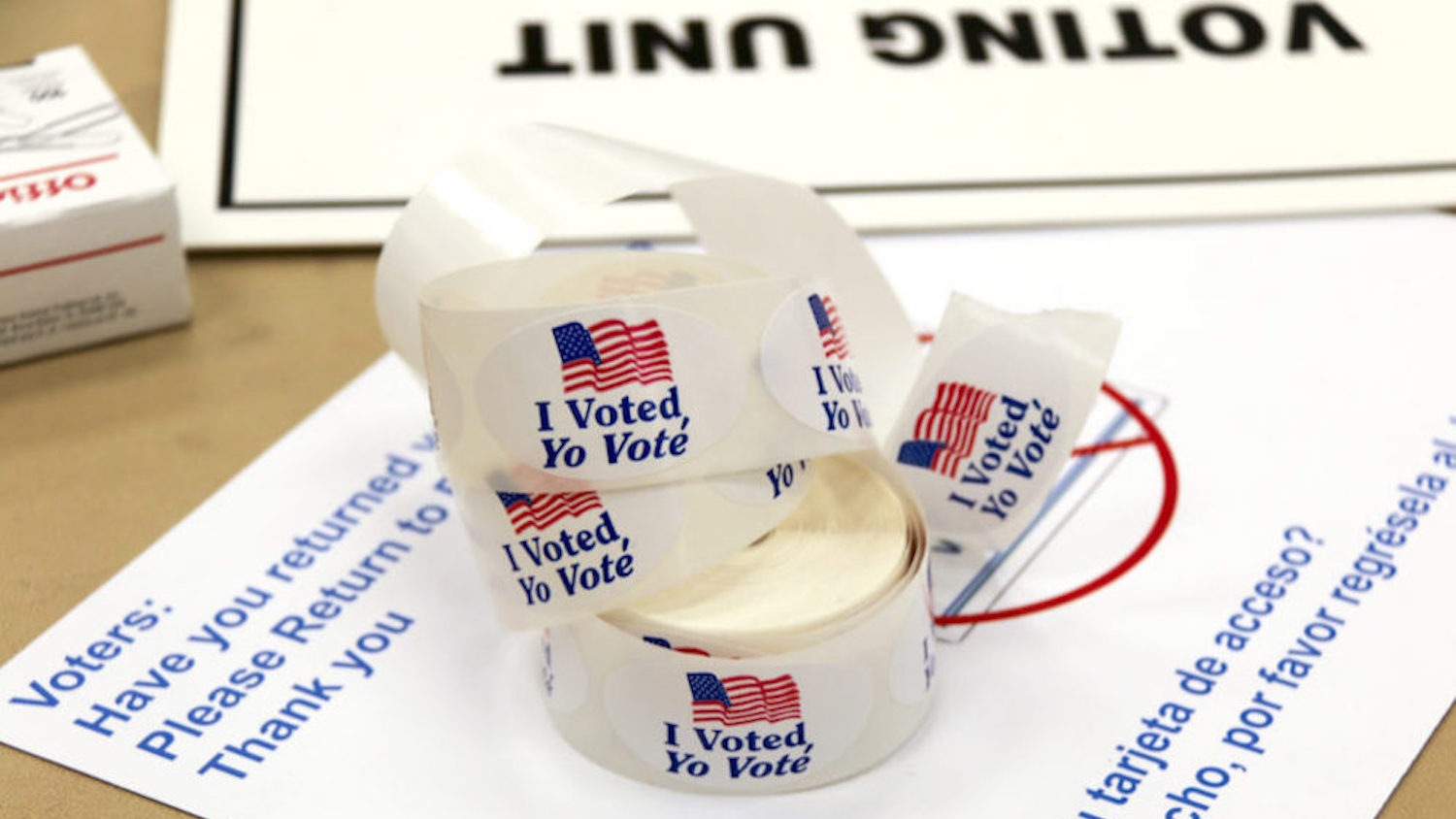With the fallout from the US Presidential election still being felt around the world, there are some who still believe that we could be heading for a second term under President Trump, thanks to something called ‘faithless electors’. For those of us who are not familiar with the term (of which there are millions, even within the US), a sense of confusion is prevalent.
To better understand what this means, let’s take a dive into the bewildering world of US politics.
First of all, we need to understand that the US President is not voted into office by vox populi as many assume. Rather, when electors go to the ballots to cast their vote, they are actually voting for a group of representatives of the state’s political party to vote on their behalf. These representatives take a pledge to vote that party’s candidate, but it doesn’t always happen that way. The representatives that choose to go against their pledge are known as faithless electors.
Are There Any Laws against Faithless Electors?
Surprisingly enough, there are laws that forbid electoral colleges from not voting in favor of the state’s most popular candidate. Most states have laws that bind electors to their pledged candidate and 15 impose a penalty for faithless votes, including canceling the vote and fines of up to $1,000. In New Mexico, a faithless elector faces up to 18 months in prison.
Where Does the System of Electoral Colleges Come From?
When the US constitution was being drawn up in 1787, a national popular vote to elect a president was practically impossible. This was because of the size of the country and the difficulty of communication. At the same time, the founding fathers didn’t think it appropriate that the President be chosen solely by the lawmakers in the capital. Therefore, a compromise was created, whereby each state would elect a body of learned men to vote on behalf of the population of each state.
The system had some unusual results from the start, as evident in the election of 1800, a tie in which Thomas Jefferson and Aaron Burr received an equal number of electoral votes. Congress broke the tie, and Jefferson became president and Burr became vice president. (Until the ratification of the 12th Amendment in 1804, the candidate with the second-highest number of electoral votes became vice president.)
Today, electors meet in their respective states on the first Monday after the second Wednesday of December — Dec. 14 this year — to cast separate ballots for president and vice president, with the candidates who receive a majority of votes being elected.
Electors are chosen every four years in the months leading up to Election Day by their respective state’s political parties. Processes vary from state to state, with some choosing electors during state Republican and Democratic conventions. Some states list electors’ names on the general election ballot.
How Many Votes are Needed to Elect The President?
270 is the magic number. A total of 538 electoral votes are in play across all 50 states and Washington, DC. The total number of electoral votes assigned to each state varies depending on population, but each state has at least three, and the District of Columbia has had three electors since 1961.
How Likely Is It That Donald Trump Can Get Re-Elected?
With Michigan finally certifying its votes and President-elect Joe Biden finally being declared the ‘apparent’ winner of the elections, it seems like former president Trump has run out of options, although he continues to claim that he will pursue legal action to force a re-count. 2020 has been a strange year all round, so this saga might still have some legs in it. If the situation does change, we hope the information in this article has helped understand the strange system called Electoral Colleges and what people mean by Faithless Electors.
Share your views in the comments below, and we look forward to your feedback on all our future articles.



